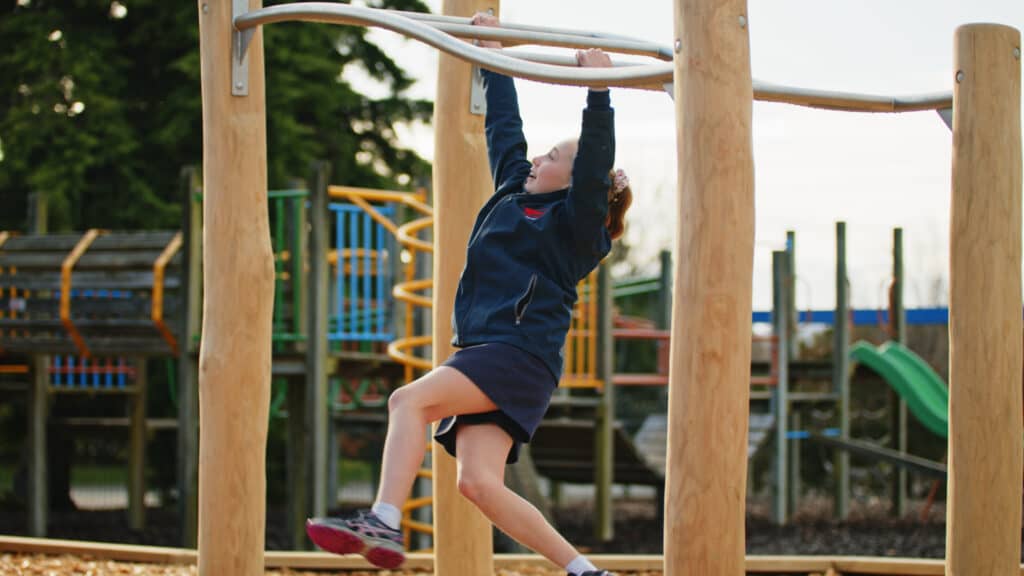Play spaces are much more than just some platforms, swings and slides. From the early days of “junk” playgrounds to standard playgrounds, obstacle designs are becoming more relevant.
In this article, we’re exploring the benefits and considerations of these innovative play spaces.
The Evolution of Playground Design
Playgrounds have come a long way. From the simple setups of the past, we’ve seen a fascinating transformation.
A notable milestone in this journey was the emergence of ‘junk playgrounds’ – spaces where children could create and manipulate their environment.
This concept paved the way for today’s obstacle playgrounds, where the ethos of creativity and challenge thrive.

Why Obstacle Playgrounds?
Obstacle playgrounds are more than just fun. They’re great for growth, where managed risk-taking is encouraged. These playgrounds offer immense benefits for child development:
- Physical Strength: Climbing, jumping, and navigating obstacles build muscle strength, coordination, and balance.
- Mental Resilience: Tackling challenges enhances problem-solving skills, perseverance, and creativity.
- Easy to incorporate: Obstacle playgrounds do not need to be a full design; you can incorporate an obstacle course in an existing play area.
Experts in child development advocate for these benefits. Studies show that when children engage in managed risk-taking, they develop a better sense of judgment and self-confidence.
Safety: Still a Concern?
With greater challenge comes greater safety concerns. Yes, obstacle playgrounds are designed to be more challenging, but safety remains essential.
There are some ways to keep the safety in place. As per NZ Standards, you will need to install safety surfacing under some pieces of equipment and have enough space for possible falls, minimizing the chance of injury as users play.
For parents and supervisors, we recommend vigilant supervision and familiarisation with the playground’s features to ensure a safe play environment.
Inclusive Play for All
Inclusivity is at the heart of modern playground design. Obstacle playgrounds should be accessible to children of all abilities.
This means considering various needs and incorporating elements that allow every child to participate, learn, and enjoy.
Customising Your Playground
Every community is unique, and so should be their playgrounds. Obstacle playgrounds can include a variety of elements – from climbing walls to balance beams, each adding a layer of challenge and excitement.
The key is to design a space that resonates with its users, encouraging active, engaged play.
Obstacle playgrounds are more than just a trend; they are a significant step forward in child development. They offer a balanced mix of fun, challenge, and learning.
By embracing these dynamic spaces, we’re not just building playgrounds but nurturing future generations of confident, creative, and resilient individuals.
Check if an obstacle playground is the best option for your space. Contact our team at 0800 000 334 or email us at [email protected].






